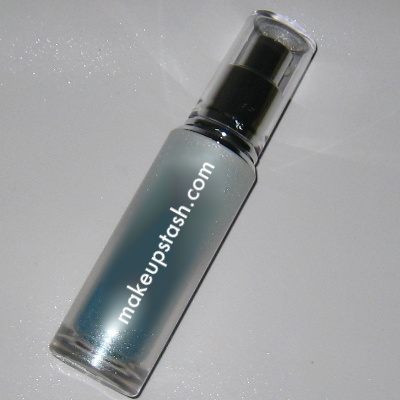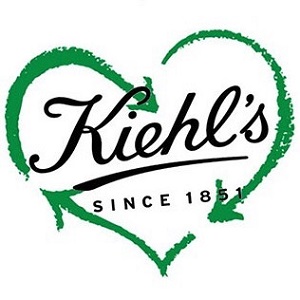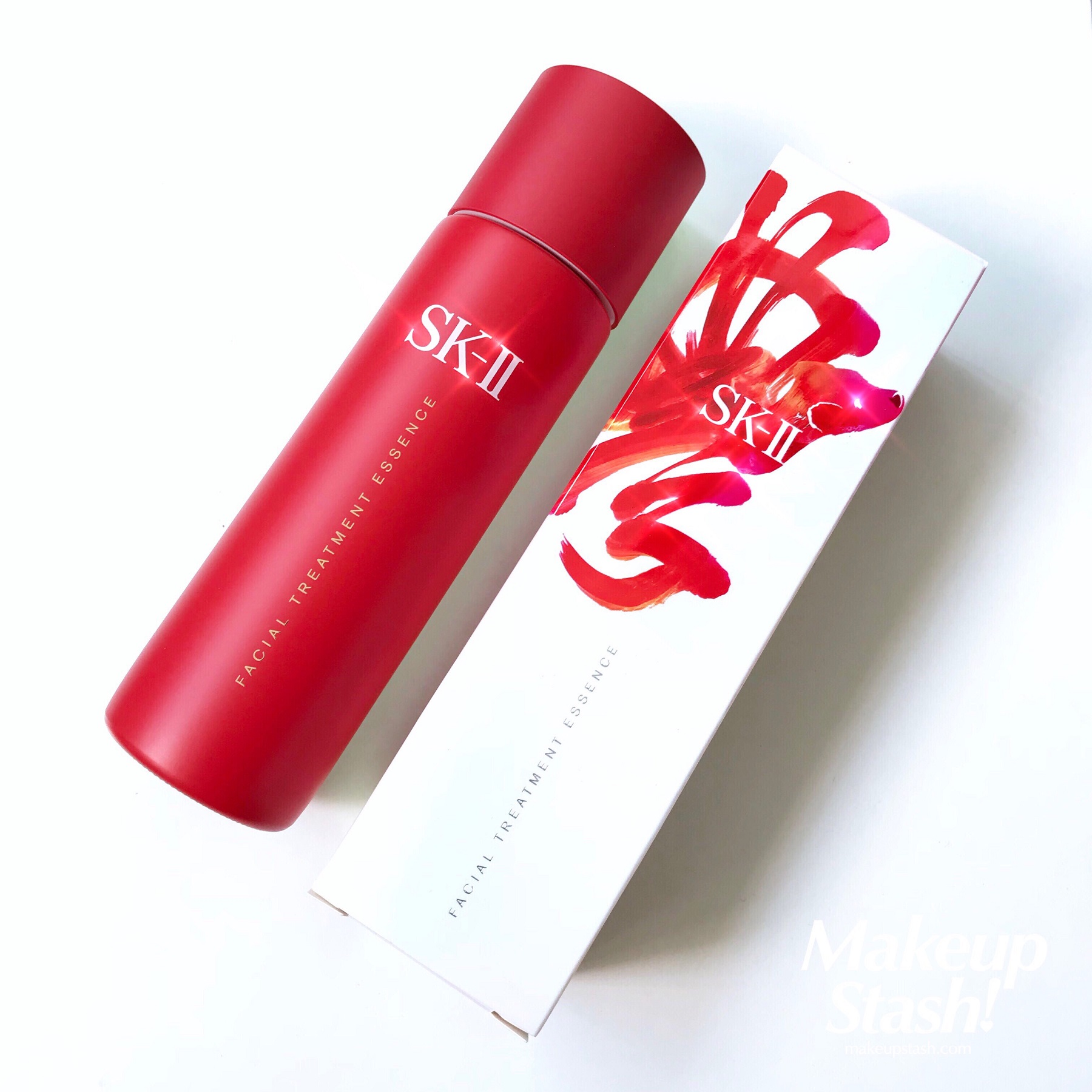
I was talking to a friend about humectants and emollients because she’d recently bought a serum. Like many serums in the market, it contains humectants which are placed high on the ingredient list; that is, they are the active ingredients of the product.
A cosmetology expert once explained to me that humectants work hand in hand with emollients. Although humectants are often described as good promoters of moisture retention, their main skincare function is to draw moisture. Humectants attract water from the dermis layer of the skin into the epidermis. This increases the water content there, giving the appearance of plumped and well-moisturised skin. High levels of humidity also allow humectants to attract atmospheric moisture into the epidermis. Thank you, tropical weather of Singapore! :D
However, using a serum on its own is often not enough. If the moisture that is drawn out is not retained, skin dries out and you’re left with skin that feels uncomfortably tight. Low-grade serums* can do this, when they are not paired with a moisturiser after application…which leads me to emollients.
An important part of cosmetic chemistry, emollients not only stabilise emulsions and enhance viscosity, they also prevent the loss of moisture due to evaporation. They are also known as occlusives – ingredients that prevent / slow down water loss. Often present in moisturisers, they seal in the precious moisture that humectants draw out, perfectly completing a skincare process. Now you know why a moisturiser is usually part of a skincare system, coming after a serum. ;)
Unfortunately, some emollients are comedogenic. I will be writing about this soon, so look out for my post!
Some examples of humectants: alpha-hydroxy acids (AHAs), beta-hydroxy acids (BHAs), glycerin, butylene glycol, hexylene glycol, propylene glycol, MP-Diol glycol, sodium hyaluronate (hyaluronic acid), sorbitol, sodium PCA, urea
Some examples of emollients: cyclomethicone, dimethicone, caprylic acid, lauric acid, myristic acid, oleic acid, palmitic acid, stearic acid, cetearyl alcohol, cetyl alcohol, lauryl alcohol, oleyl alcohol, stearyl alcohol, cetyl palmitate, glyceryl stearate, octyl palmitate, octyl stearate
* Some high-grade serums do contain a balance of humectants and emollients. However, I would still recommend that you moisturise after if your skin does not feel sufficiently moisturised, as well as to improve the efficacy of the serum. :)







They say an emollient must follow after humectants cos the humectants work in two ways, they draw water from surroundings to your skin but once they reach a saturation point, they also draws moisture from your skin to the surroundings-hence dryness.
So essentially, emollient act as a layer to block the moisture from being lost to your surrounding environment.
Can I request for a review of silicones in skincare?? Cos lotsa contraversies re ‘badness’ of it;)
Hi Chev dear!
I owe you a post and many pics. :P
I’ve also read that humectants can draw moisture from the skin in low-humidity conditions (i.e. because there’s no more water to attract from the environment, they draw moisture from the skin). Seems to be all about balance, isn’t it, for these beneficial yet potentially-drying ingredients? ;) Bottom-line is, we need to moisturise to take full advantage of their goodness.
I will try with the post on silicones. So many things to say, so little time to write them in…
excellent post! thank you for sharing. i often wondered whether i should apply serum b4 or after moisturizing. :O) i use MUFE Elixir. I love it!
Hi 1xellus1,
You’re welcome! I shall take a look at that soon. The last serum I tried was from Oliv’ by La Clarée which is quite rich. :)
Thanks and take your time with the pics and all;)
You’re welcome, dear Chev! :)
This post was so informative. I had no idea how these face creams and serums actually worked. Thanks for the great post!
Hi Kerianne,
You’re welcome! :)
Really great information! I didn’t know all that. Very interested too in reading about comedogenic as well because I don’t even know what that is!
Hi Sarita,
Thank you for always dropping by! :)